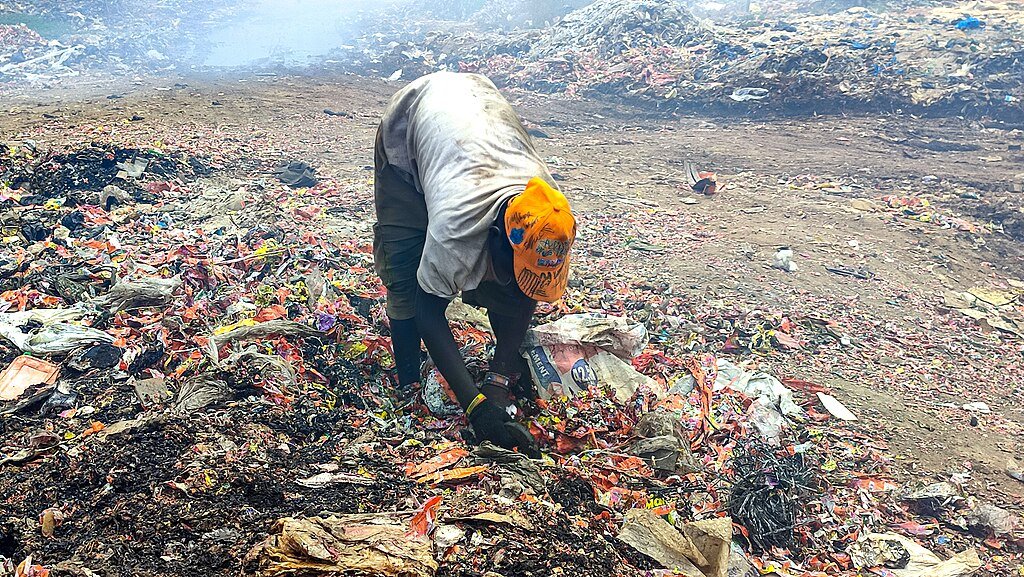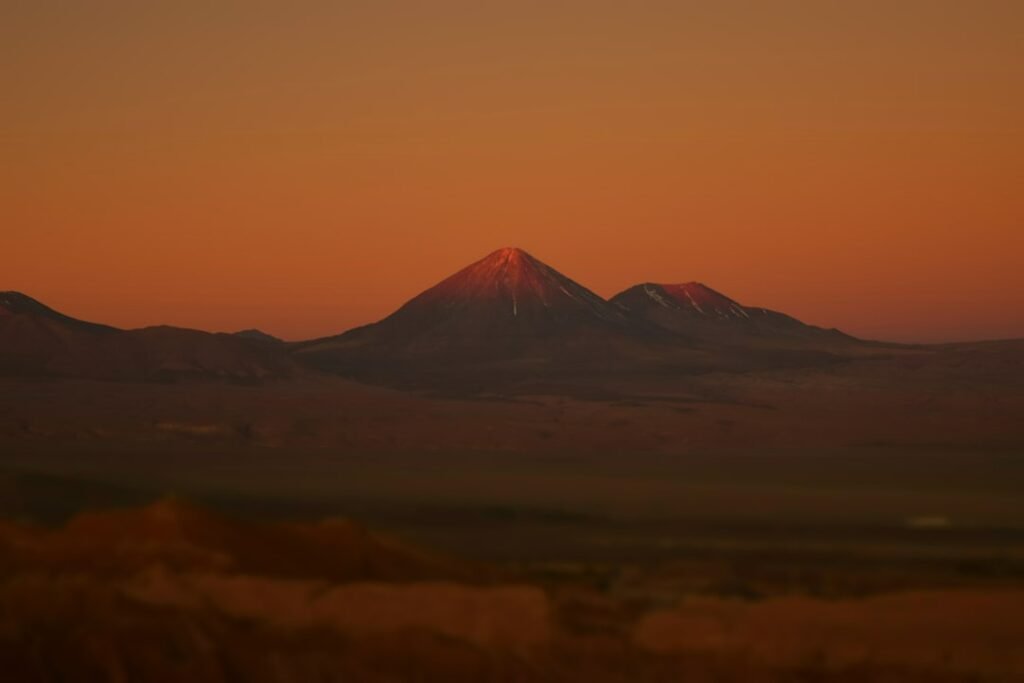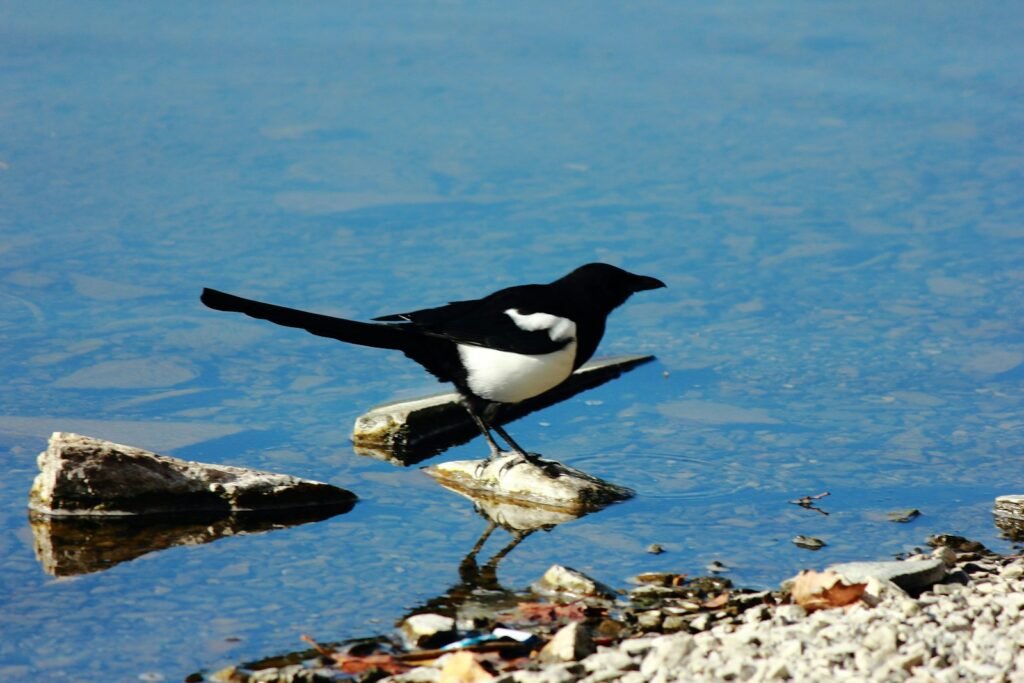Geological processes are supposed to take millennia, mountains rise, canyons form, and sedimentary rocks solidify over millions of years. But humans have a knack for speeding things up. A startling new study reveals that industrial waste, left in the right conditions, can harden into rock in just 35 years in the blink of an eye in geological terms. Researchers from the University of Glasgow discovered this rapid transformation in West Cumbria, England, where steel industry slag has cemented into cliffs at an unprecedented pace. The implications? Our waste is locking itself into the planet faster than we can manage it and ecosystems may be paying the price.
The Discovery: A Coin, a Can Tab, and a Geological Mystery
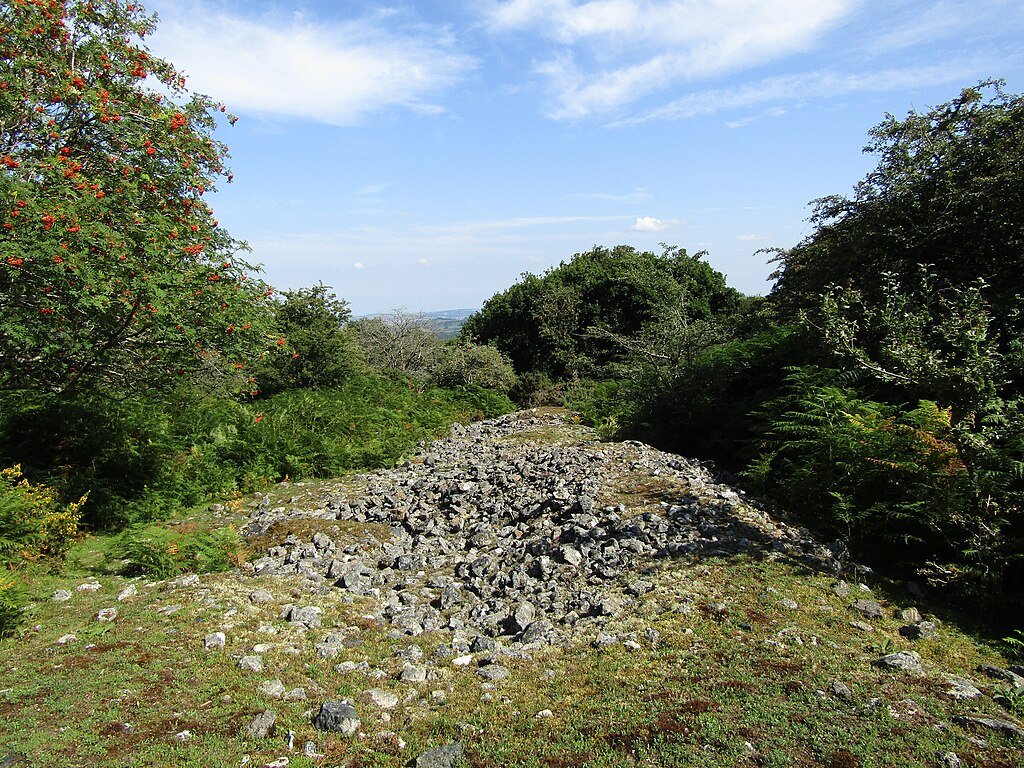
While studying the coastline of West Cumbria, scientists stumbled upon an oddity, slag heaps waste from 19th and 20th-century steel production had turned into solid rock. But what confirmed the shocking speed of this transformation? Embedded within the newly formed stone were unmistakably modern artifacts, a 1934 King George V coin and an aluminum can tab from the late 1980s. These objects acted as time stamps, proving the slag had lithified (turned to rock) in less than four decades.
“Normally, rocks form over thousands of years,” says co-author Amanda Owen. “But here, human waste is doing it in a human lifetime.”
How Waste Becomes Rock: A Chemical Recipe for Rapid Lithification
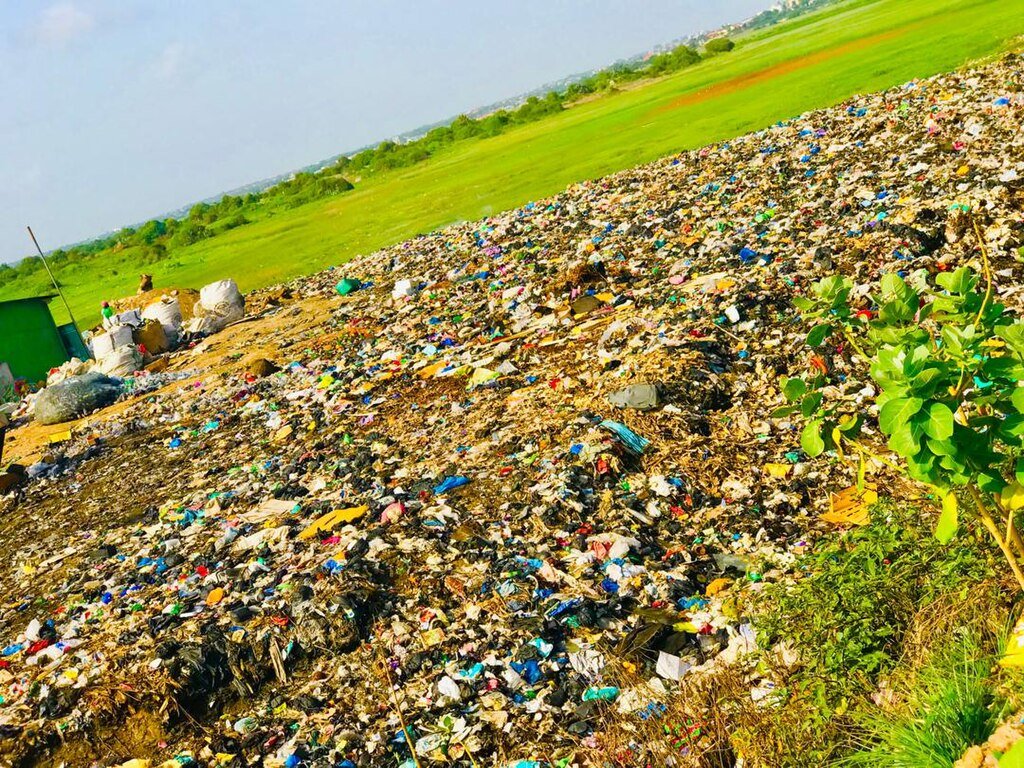
Slag, a byproduct of steel manufacturing, contains reactive metals like calcium, magnesium, and iron. When exposed to seawater and air, these elements trigger chemical reactions that produce natural cements brucite, calcite, and goethite the same minerals that bind sedimentary rocks like sandstone.
The key difference? Nature takes millions of years to deposit these minerals layer by layer. Human waste, however, is pre-loaded with the right ingredients, allowing rock formation at breakneck speed.
“It’s like giving nature a shortcut,” explains co-author David Brown. “We’ve already done the hard part by concentrating these elements in slag. All that’s left is for erosion to expose them to the right conditions.”
A Global Problem? Other Coastlines May Be at Risk
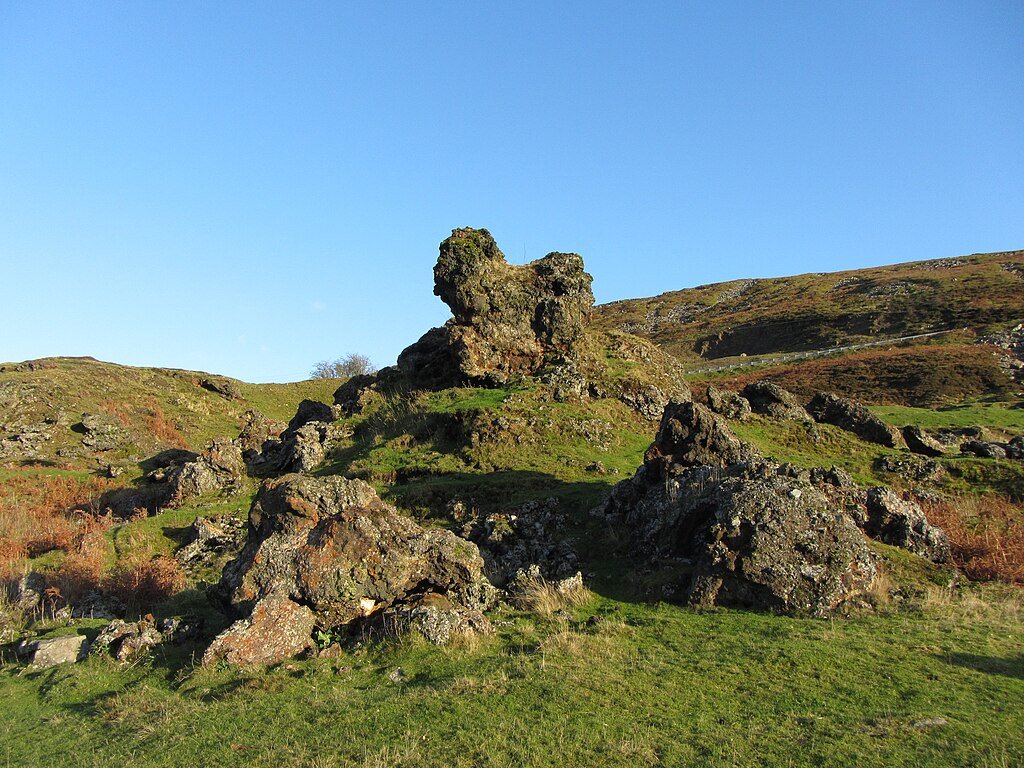
West Cumbria isn’t unique. Steel production boomed worldwide in the 19th and 20th centuries, leaving behind massive slag deposits along coastlines in the U.S., Japan, and Europe. If the same chemical reactions occur elsewhere, we could be looking at unexpected rock formations altering shorelines and ecosystems far beyond England.
“This isn’t just a local curiosity,” warns Owen. “Anywhere slag meets seawater, this could be happening and we have no idea how it’s affecting marine life or coastal erosion.”
Ecological Consequences: When Waste Hardens, Ecosystems Suffer
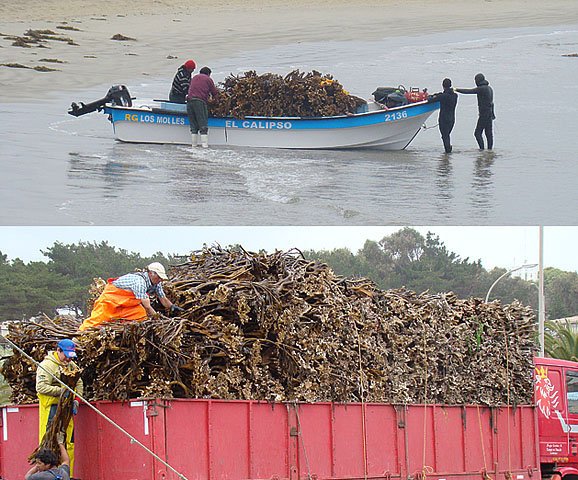
Rapid rock formation isn’t just a geological oddity, it’s an environmental threat. When loose slag turns to stone:
- Marine habitats are smothered under impermeable layers.
- Coastal erosion patterns shift unpredictably, worsening flood risks.
- Toxic metals trapped in slag could leach out over time.
“Right now, we assume waste stays loose and movable,” says Owen. “But if it hardens in place, cleanup becomes nearly impossible.”
Climate Change and the Unseen Impact of Human Geology

As sea levels rise and storms intensify, coastlines face unprecedented stress. But current erosion models don’t account for human-made rocks meaning we may be underestimating future risks.
“If slag turns to rock faster than expected, it could disrupt natural erosion buffers,” Brown explains. “That means some coastlines might erode slower, while others could collapse unpredictably.”
What Now? Rethinking Waste Before It Turns to Stone
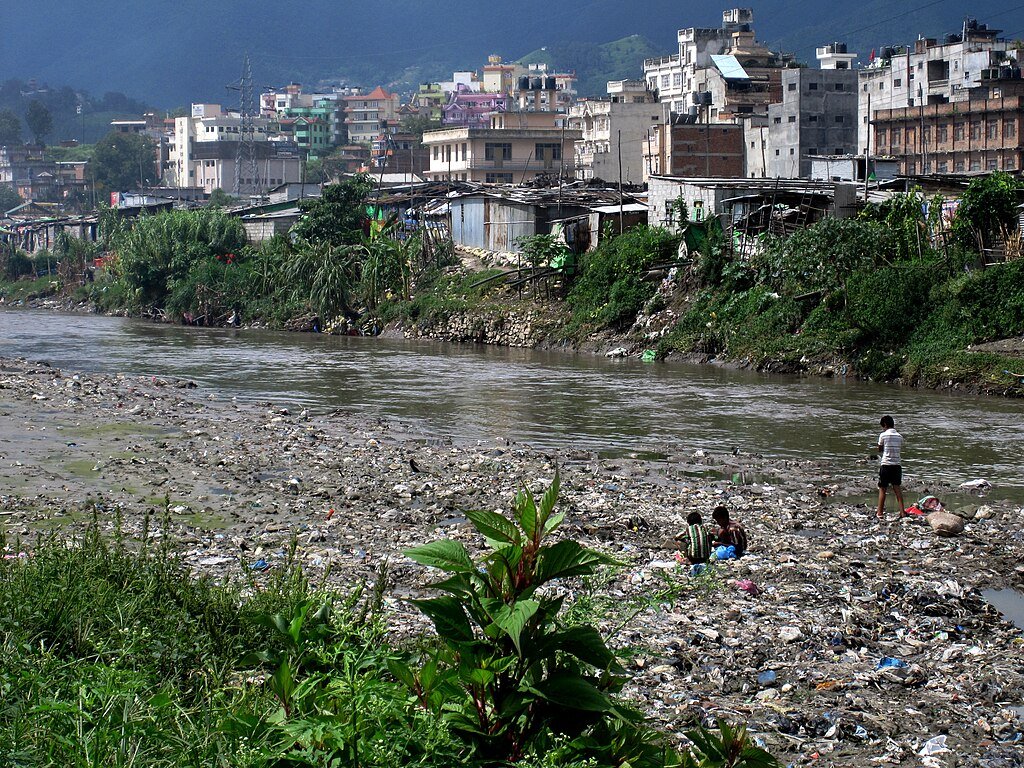
The study’s most urgent takeaway? We have less time than we thought to manage industrial waste. Once it hardens, relocation or remediation becomes far harder.
Researchers urge policymakers to:
- Reassess slag disposal sites near coastlines.
- Update erosion models to include human-driven rock formation.
- Investigate similar sites worldwide to gauge the full scale of the problem.
“We’re not just changing the climate,” Owen concludes. “We’re rewriting geology itself and we need to understand the consequences before it’s set in stone.”
Final Thought: A New Chapter in Earth’s History?
Humans have long known we alter the planet’s surface. But this discovery suggests we’re also accelerating deep geological processes creating a new kind of rock record for future civilizations to decipher. The question is: What legacy will these human-made stones leave behind?
For now, one thing is certain: The Earth beneath our feet is changing faster than we ever imagined. And unlike natural geology, we might not have millennia to adapt.
Sources:

Jan loves Wildlife and Animals and is one of the founders of Animals Around The Globe. He holds an MSc in Finance & Economics and is a passionate PADI Open Water Diver. His favorite animals are Mountain Gorillas, Tigers, and Great White Sharks. He lived in South Africa, Germany, the USA, Ireland, Italy, China, and Australia. Before AATG, Jan worked for Google, Axel Springer, BMW and others.

